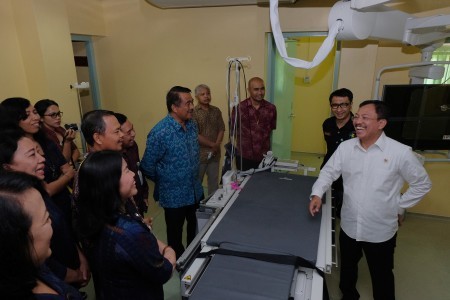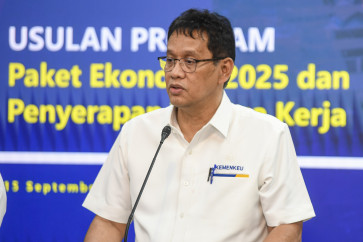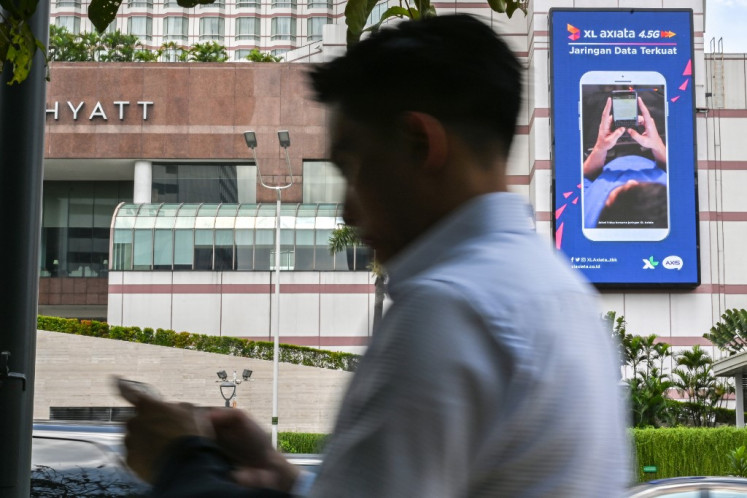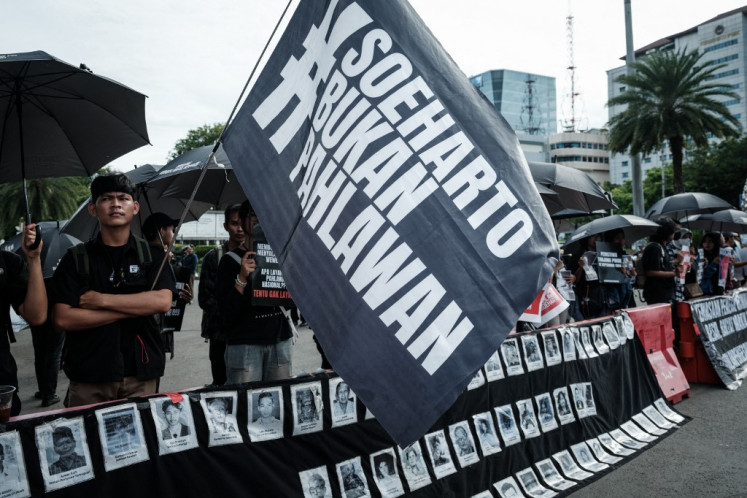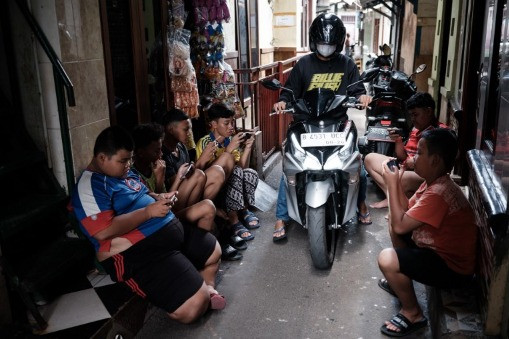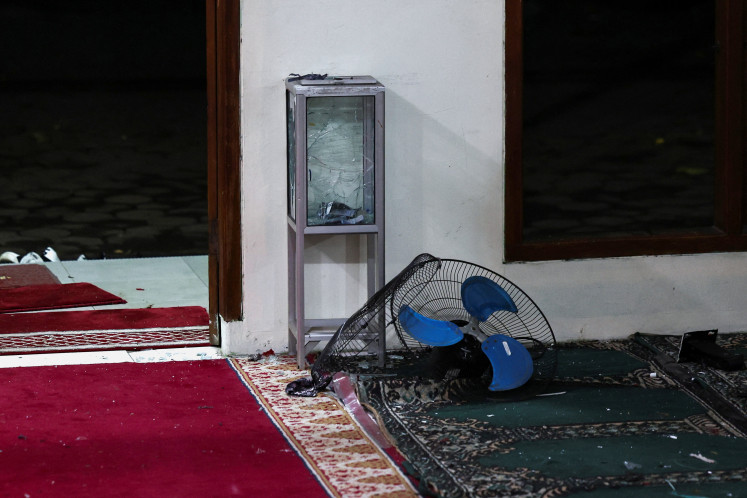Popular Reads
Top Results
Can't find what you're looking for?
View all search resultsPopular Reads
Top Results
Can't find what you're looking for?
View all search results‘Brain flushing’ method suitable to treat strokes in all hospitals: Health Minister
Terawan said the method had shown empirical results supported by ongoing research. He claimed that DSA was already widely used by hospitals and that the implementation only needed a standard operational procedure (SOP) decided by the head of each hospital.
Change text size
Gift Premium Articles
to Anyone
H
ealth Minister Maj. Gen. Terawan Agus Putranto has said digital subtraction angiography (DSA), more widely known as “brain flushing”, a controversial method he introduced to treat patients suffering from stroke, is safe and can be implemented in hospitals across the archipelago.
“It can be implemented, why not? The previous health minister issued a letter [regarding the method], so it uses objective research just like other therapies that are being developed,” he said in a seminar in Sanglah Hospital in Denpasar, Bali, on Saturday, as quoted by Antara.
He was referring to a letter issued by then-health minister Nila Moeloek last year giving the green light for the implementation of the therapy on the grounds of service-based medical research.
Terawan further said that the method had demonstrated empirical results supported by ongoing research. He claimed that DSA was already widely used by hospitals and that the implementation only needed a standard operational procedure (SOP) decided by the head of each hospital.
The minister said the DSA was originally a method of examining the state of health of blood vessels to determine a patient’s condition and the appropriate treatment.
“What we need now is willingness. If we have strong willingness, then we can find the funding [to implement brain flushing]. If we want to have the equipment then we need to have the commitment,” he said.
Terawan, an army neurologist who previously served as the director of Gatot Subroto Army Hospital, made headlines for his controversial brain flushing stroke treatment. Although the treatment had won praise from his patients, including senior politicians and high-ranking Army officers, the method put him at odds with his colleagues in the Indonesian Doctors Association (IDI).
The IDI ethics council found that Terawan had violated the code of ethics by adopting and promoting a method of therapy that had not yet been clinically proven to be safe and effective in treating patients.
He had repeatedly brushed off the claims saying that he had been using the method since 2004 and had treated at least 40,000 patients. (mpr)

